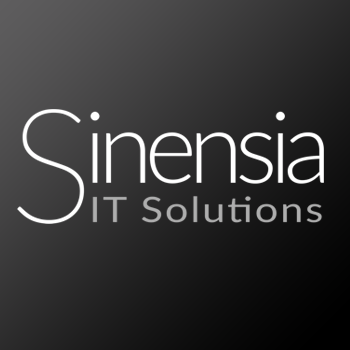
Descripción: Curso IBM Integration Bus V10 Application Development II
Formación en IBM Integration Bus
This course is also available as classroom course IBM Integration Bus V10 Application Development II (WM676G).
This self-paced course with hands-on exercises provides an intermediate-level continuation of the topics necessary to successfully create IBM Integration Bus message flow applications and integration services.
This course focuses on using IBM Integration Bus to develop, deploy, and support platform-independent message flow applications and integration services. These applications and integration services use various messaging topologies to transport data between service requesters and service providers, and also allow the data to be routed, transformed, and enriched during processing.
Topics in this course include creating integration services and message flow applications that use and provide web services. You also learn how to use event driven processing nodes and how to use the record and replay facility to capture and view data during processing. You also learn how IBM Integration Bus interacts with other IBM and enterprise information products. Lab exercises throughout the course give you an opportunity to practice your new skills.
For information about other related courses, visit the IBM Training website:
ibm.com/training
Formación IBM
Detalles
- Course introduction
- Using event driven processing nodes
- Exercise: Implementing message aggregation
- Transforming data with Microsoft .NET
- Transforming data with XSL stylesheets
- Analyzing XML documents
- Modeling complex data with DFDL
- Exercise: Extending a DFDL model
- Working with message sets and the MRM domain
- Supporting web services
- Exercise: Implementing web services
- Developing integration solutions by using integration services
- Exercise: Creating an integration service
- Connecting a database by using a discovered service
- Connecting IBM MQ by using a discovered service
- Exercise: Creating IBM MQ and database services
- Creating a decision serviceExercise: Creating a decision service
- Developing integration solutions by using a REST API
- Using the global cache
- Implementing message flow security
- Exercise: Implementing IBM Integration Bus runtime security
- Implementing publish/subscribe
- Monitoring message flow events
- Exercise: Recording and replaying message flow data
- Managing the workload
- Creating patterns for reusability
- Extending IBM Integration Bus
- Course summary
This intermediate course is designed for integration specialists and senior-level developers with experience in IBM Integration Bus application development.
Before taking this course, you should successfully complete IBM Integration Bus V10 Application Development I (WM666G), which introduces IBM Integration Bus development topics that are necessary for success in this course.
After completing this course, you should be able to:
- Use event driven message processing to control the flow of messages by using message aggregation, message collections, message sequences, and time-sensitive nodes
- Transform data by using Microsoft .NET and XML stylesheets
- Analyze and filter information in complex XML documents
- Extend DFDL message models
- Use message sets and the Message Repository Manager (MRM) parser
- Provide a message flow application as a web service
- Request a web service from within a message flow
- Describe how to implement WS-Addressing and WS-Security standards in IBM Integration Bus
- Create an integration service
- Create and implement an IBM MQ request and response service definition
- Create and implement a database service definition
- Configure security-enabled message processing nodes
- Create a decision service that implements business rules to provide routing, validation, and transformation
- Expose a set of integrations as a RESTful web service
- Use a global cache to store static data
- Record and replay data that a message flow application processes
- Implement publish and subscribe with IBM Integration Bus
- Describe the workload management options for adjusting the message processing speed, and controlling the actions that are taken on unresponsive flows and threads
- Construct user-defined patterns
- Describe how IBM Integration Bus integrates with other IBM products such as IBM WebSphere Enterprise Service Bus and IBM DataPower Appliances
Exercises
- Exercise 1: Implementing message aggregation
- Exercise 2: Extending a DFDL model
- Exercise 3: Implementing web service
- Exercise 4: Creating an integration service
- Exercise 5: Creating IBM MQ and database services
- Exercise 6: Creating a decision service
- Exercise 7: Implementing IBM Integration Bus runtime security
- Exercise 8: Recording and replaying message flow data
Contáctenos a través de >éste formulario<
Precios especiales para la formación de grupos
Podemos adaptar cualquier curso a sus necesidades, e impartirlo en sus instalaciones o en nuestros centro de formación ContáctenosCursos relacionados


